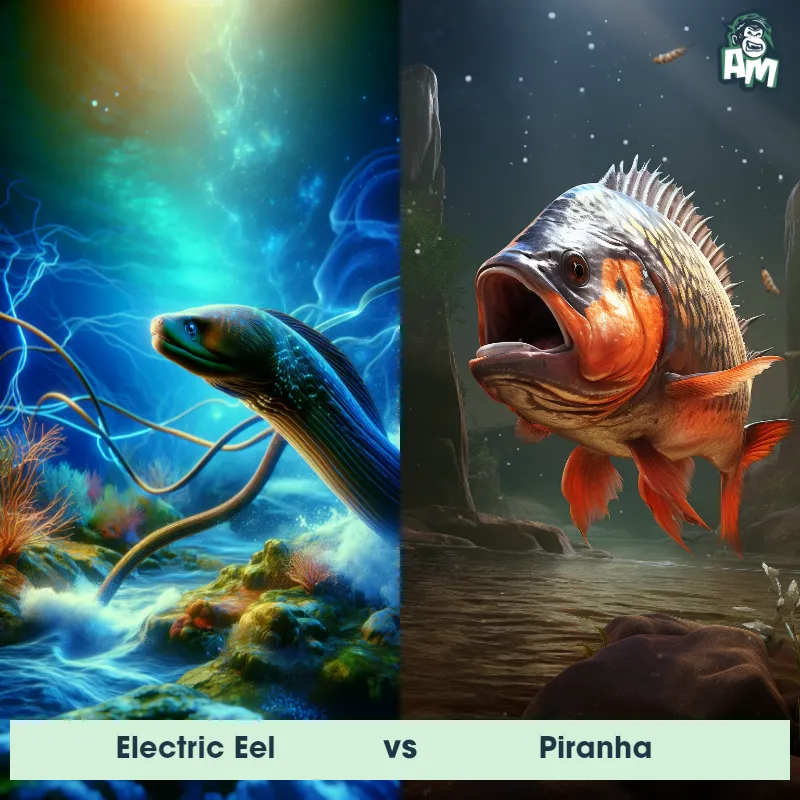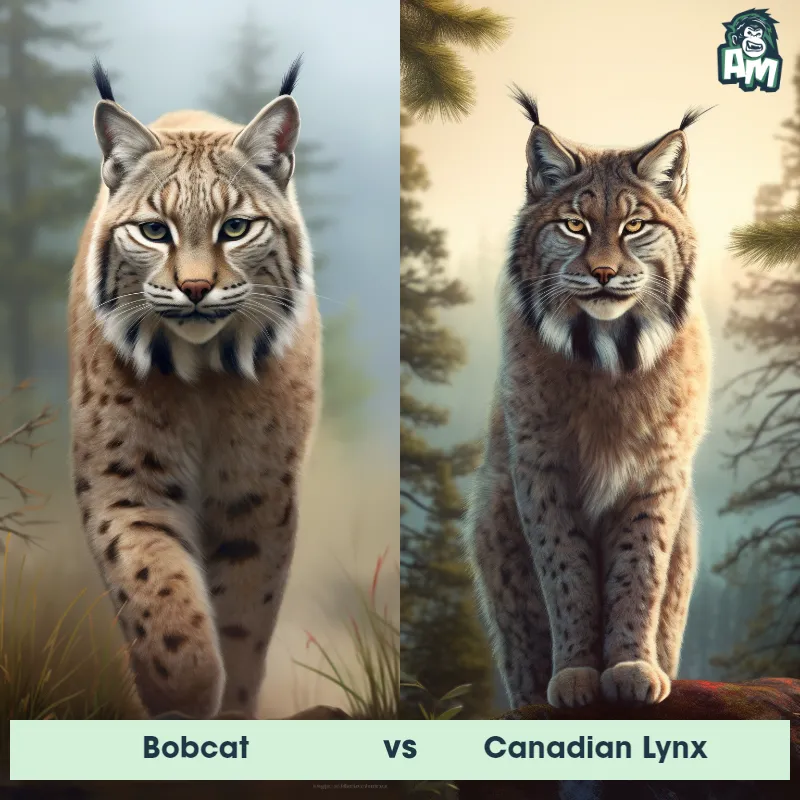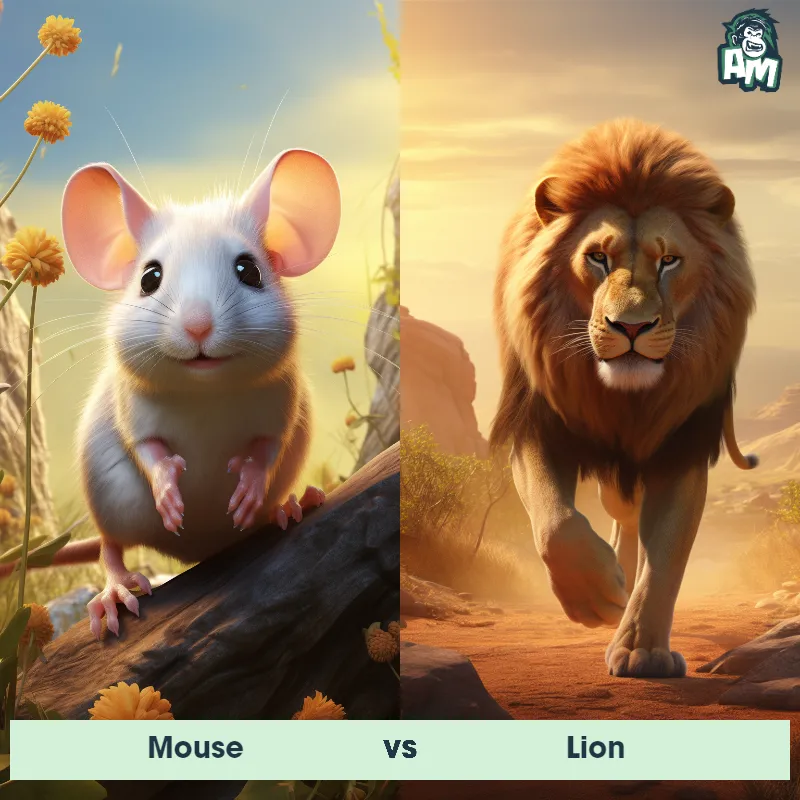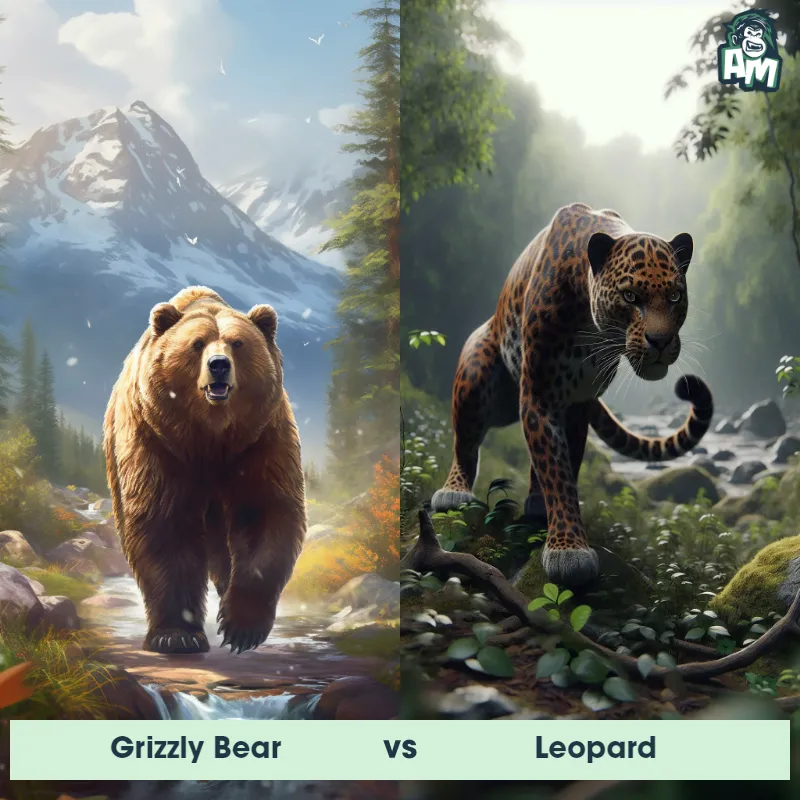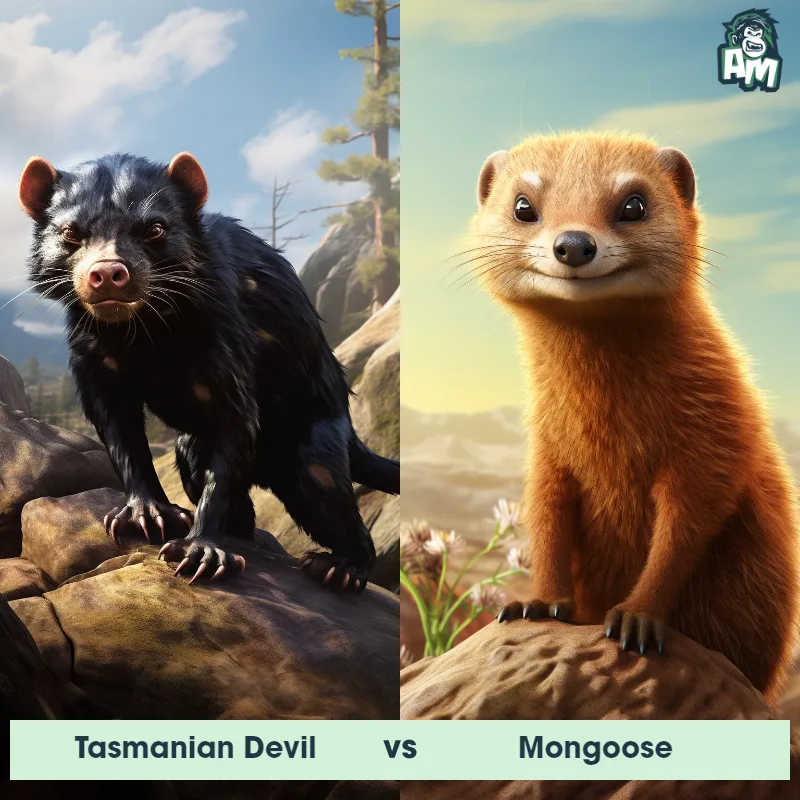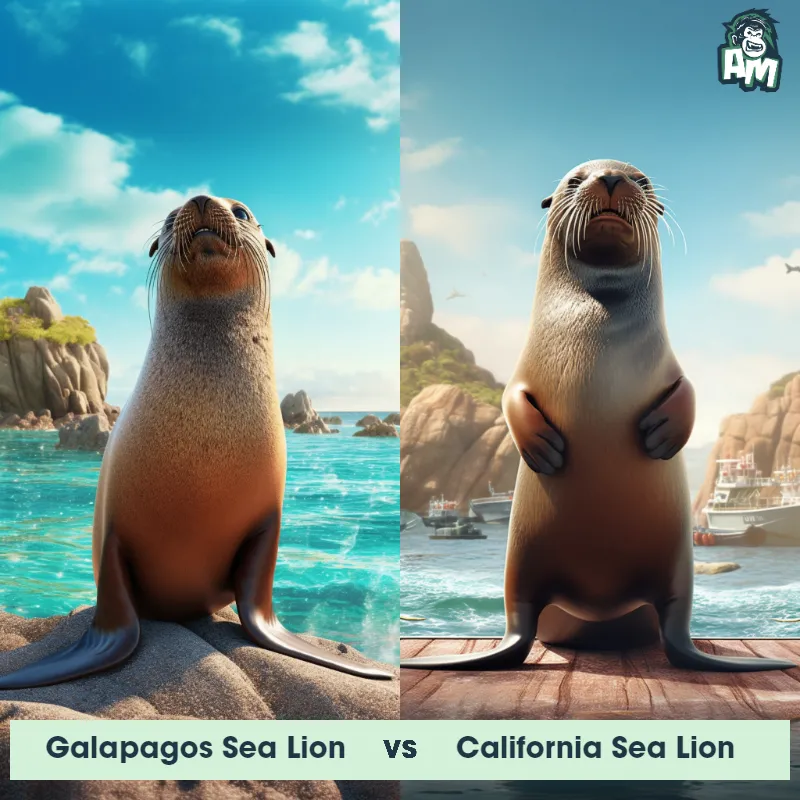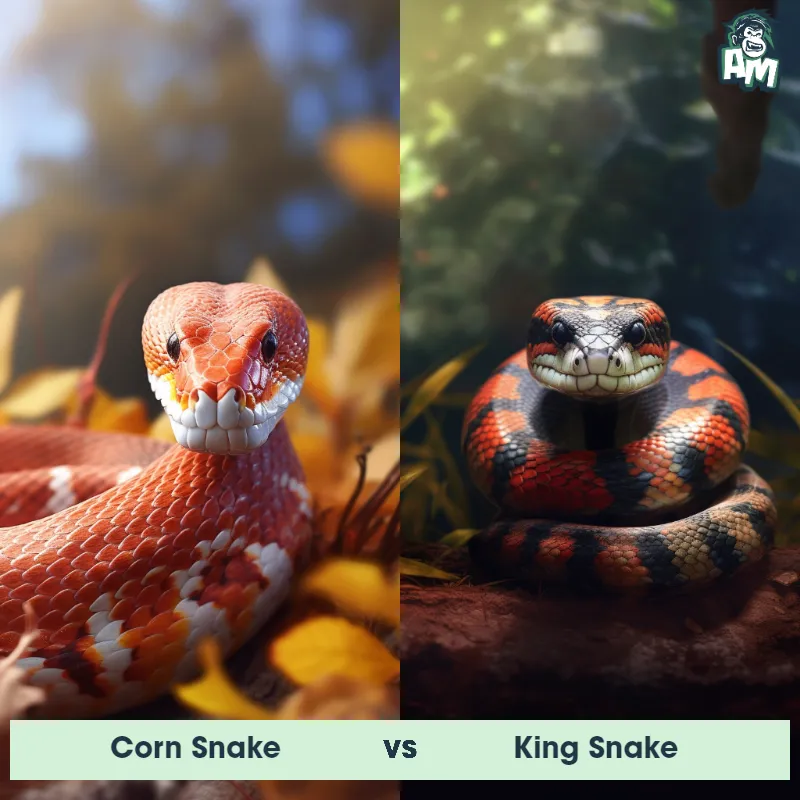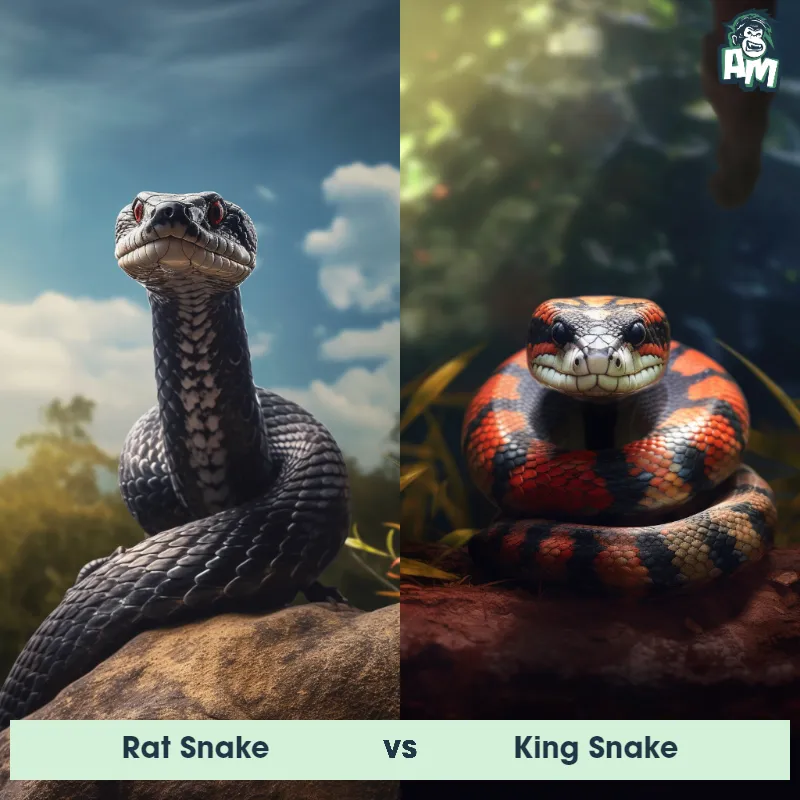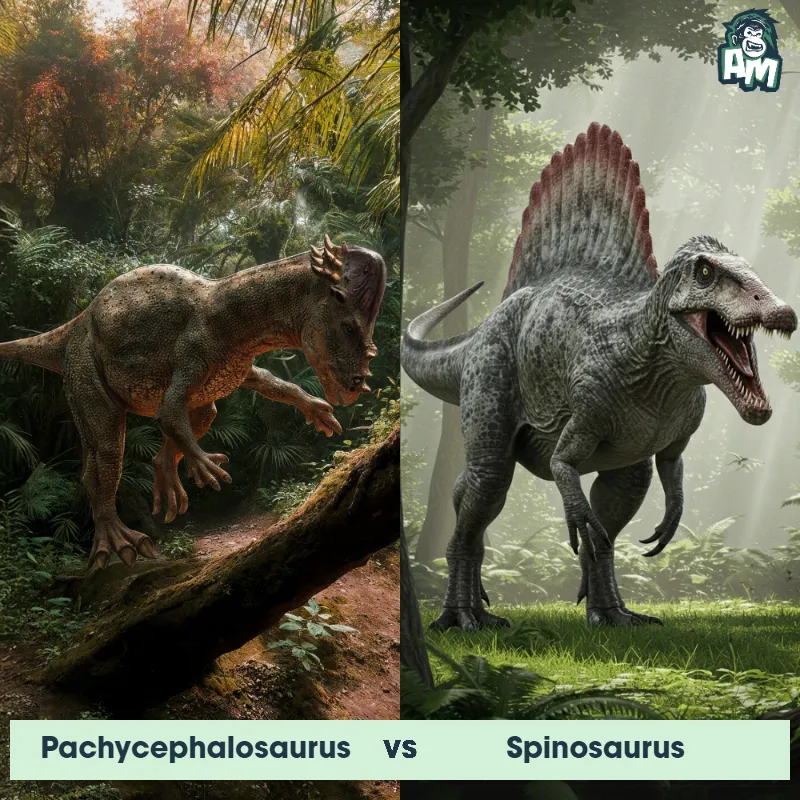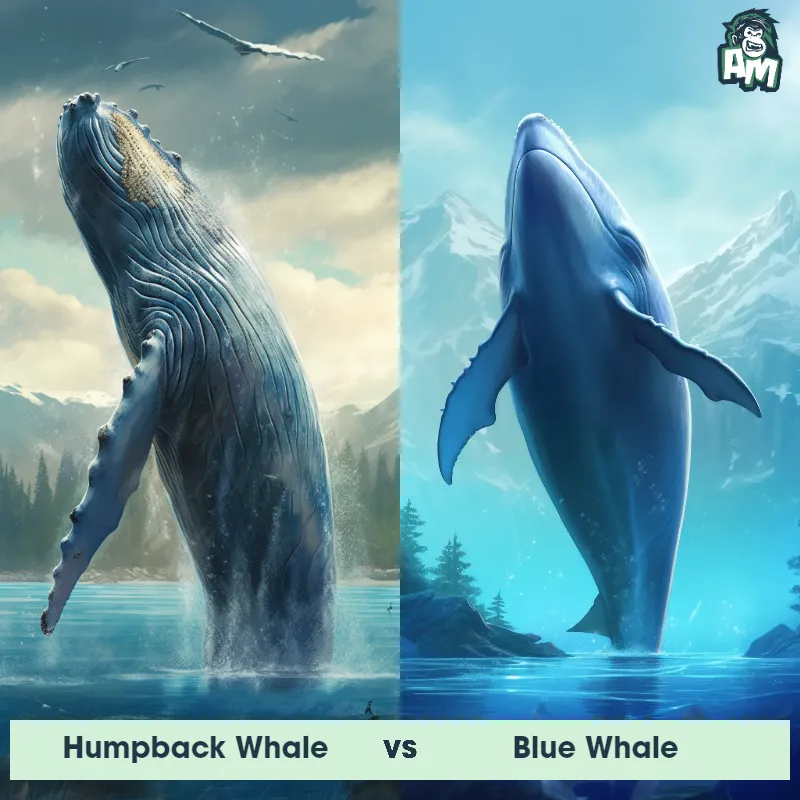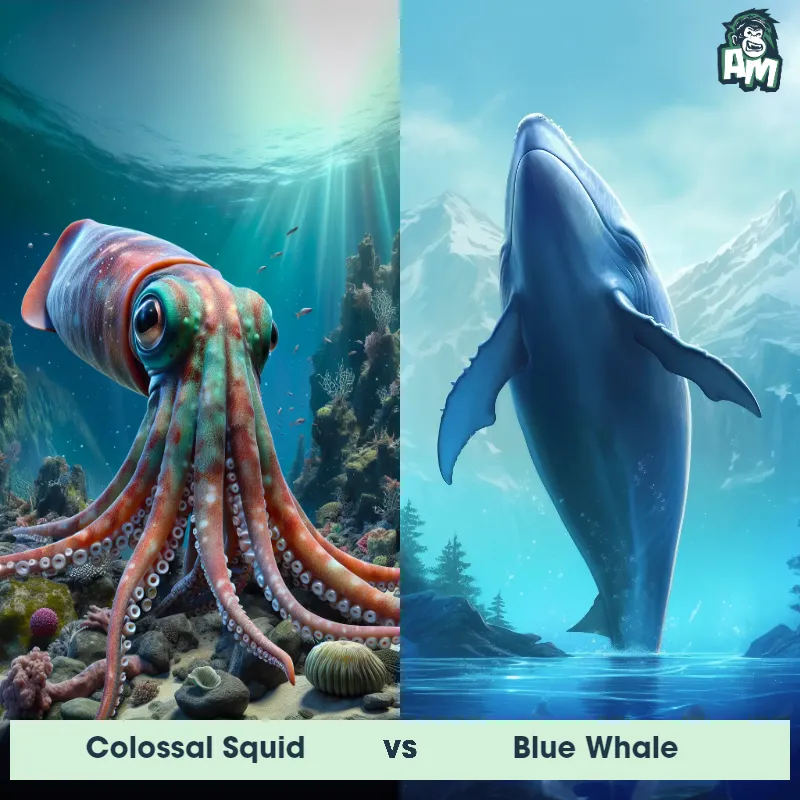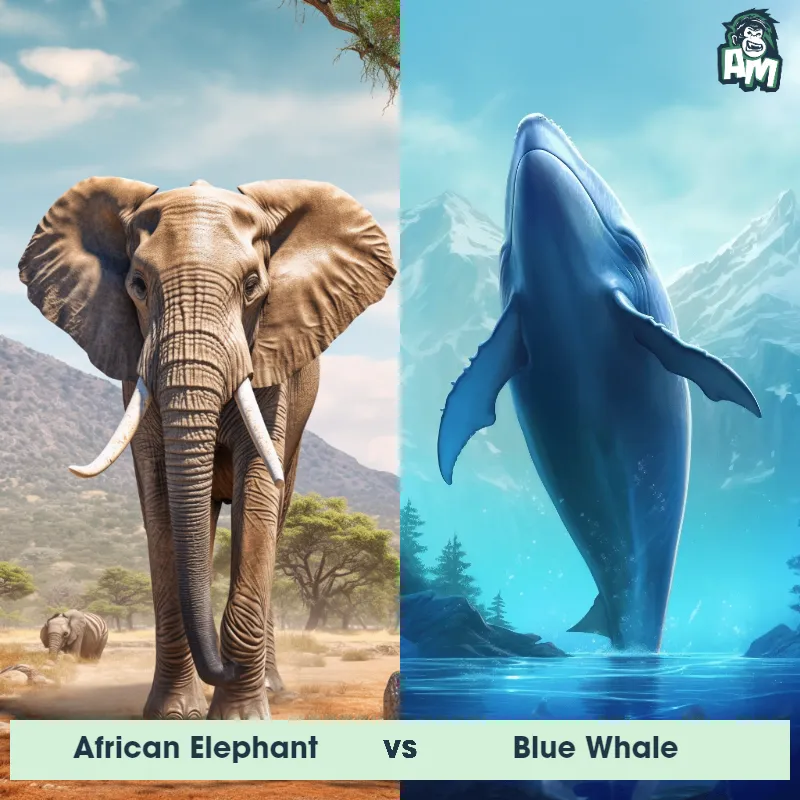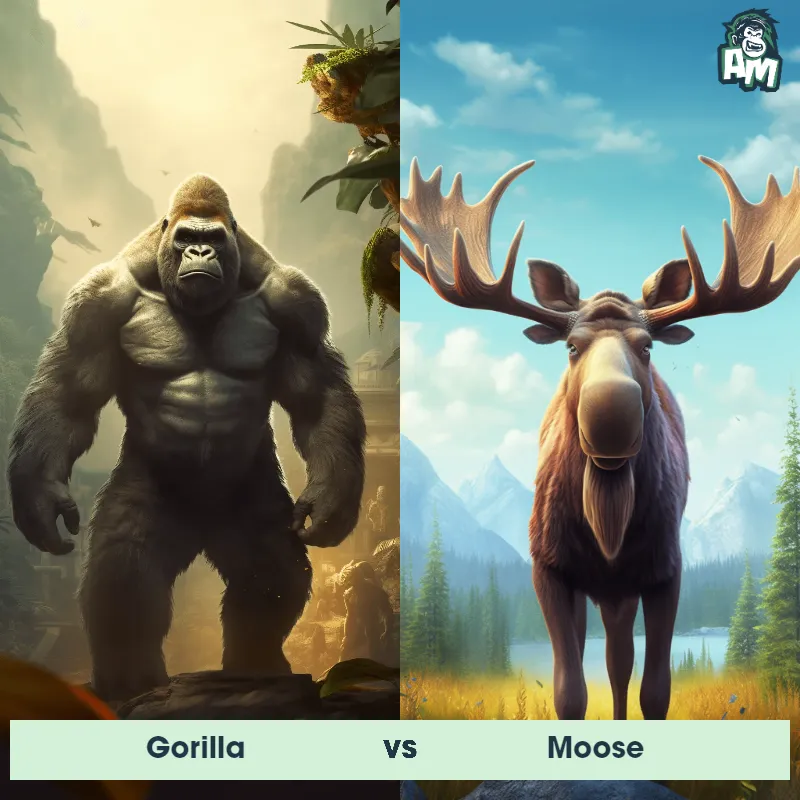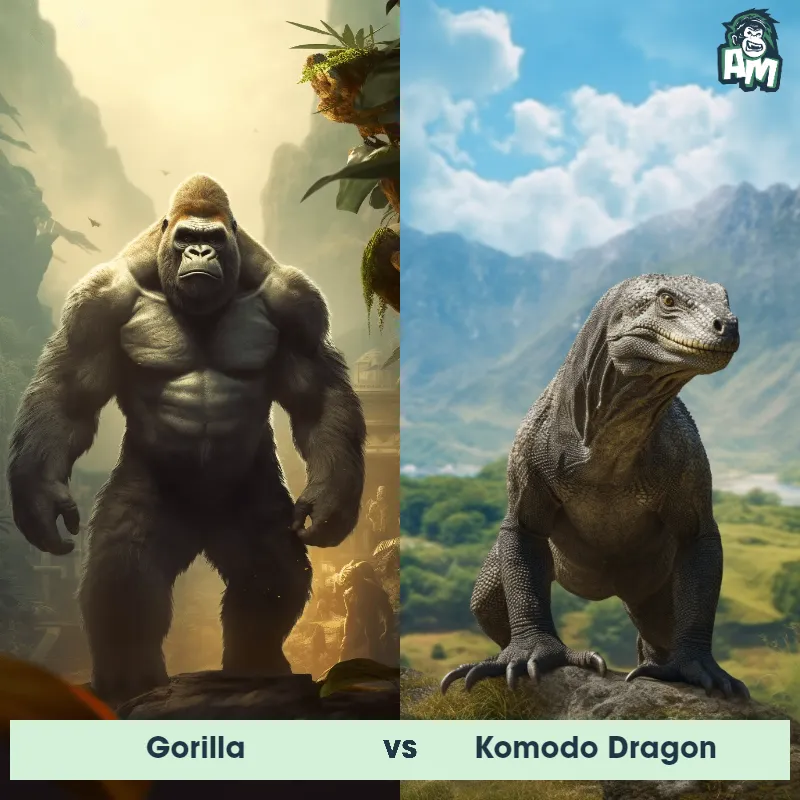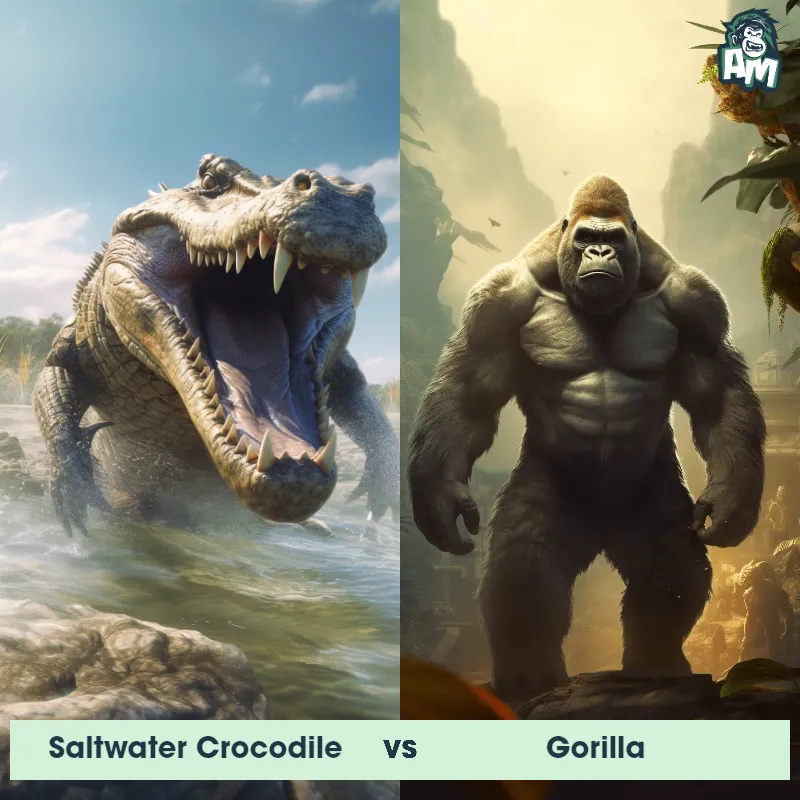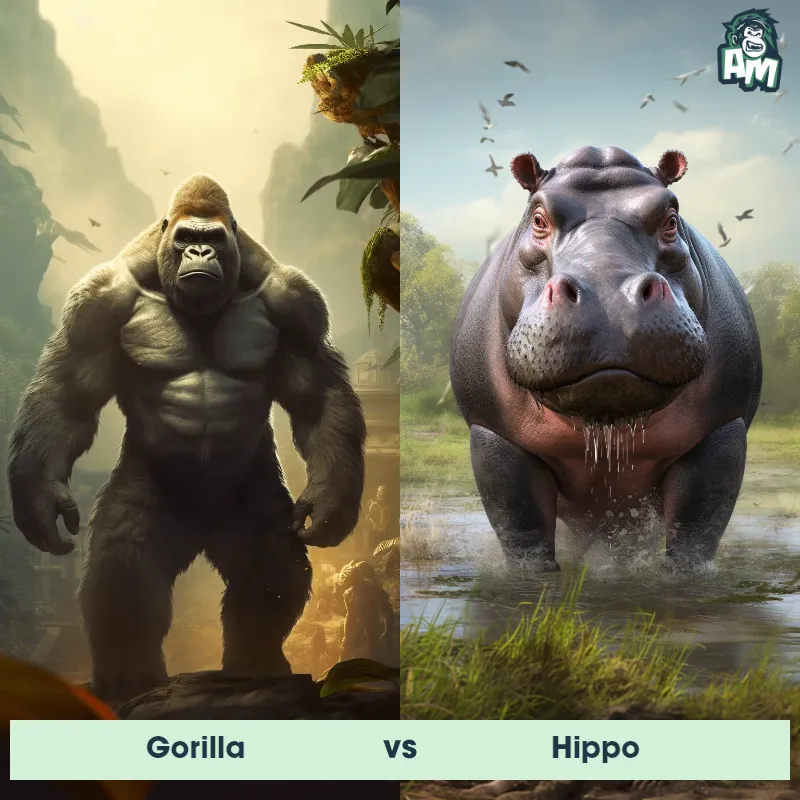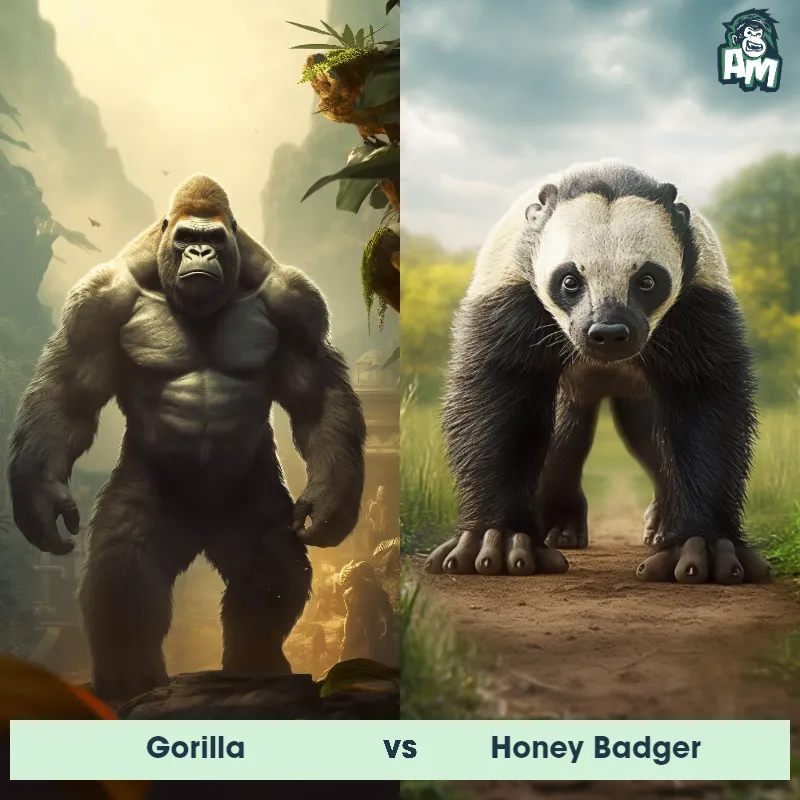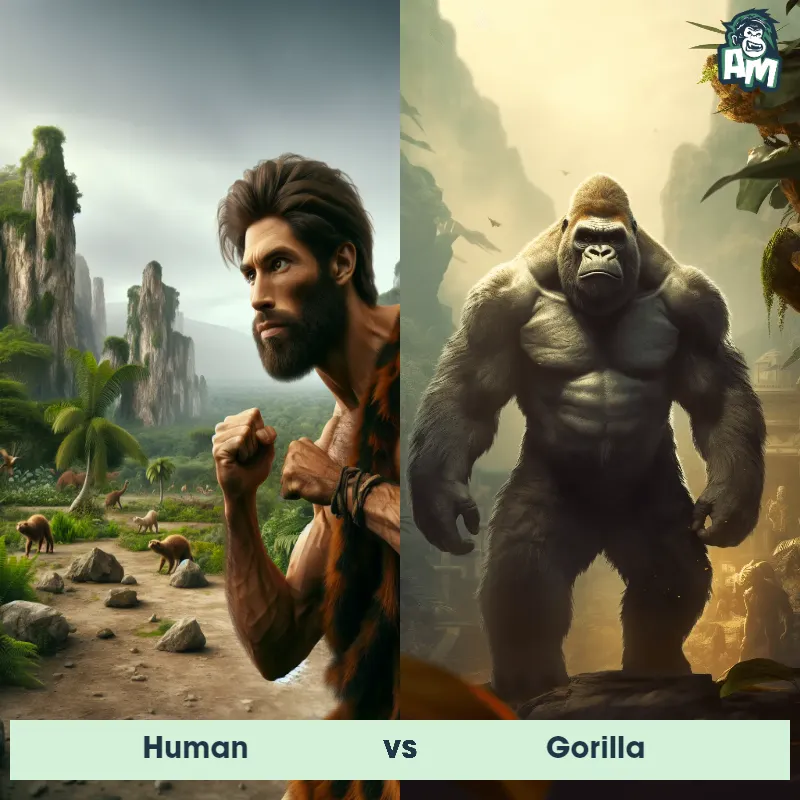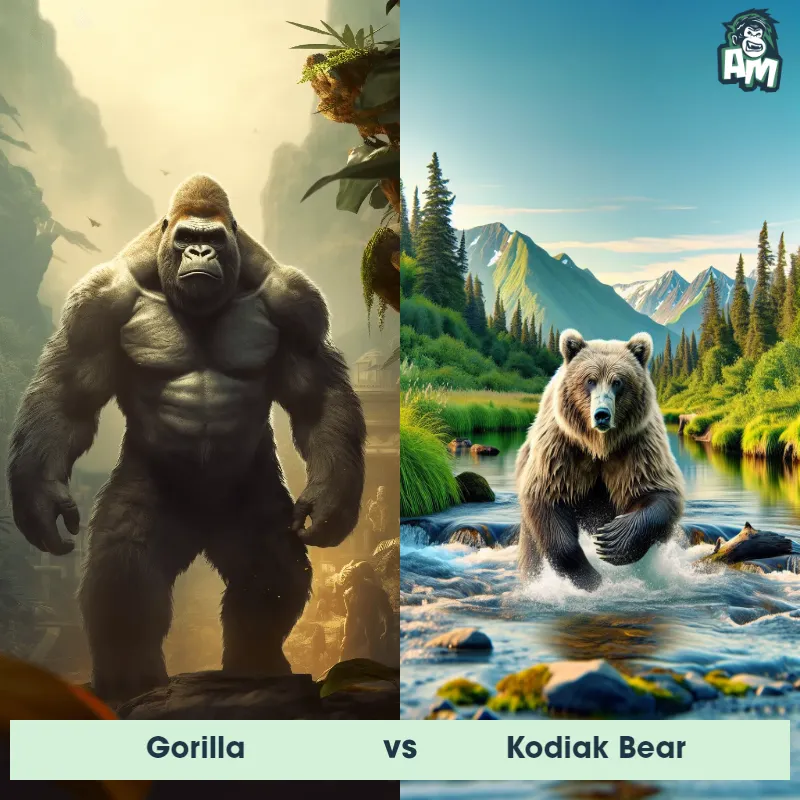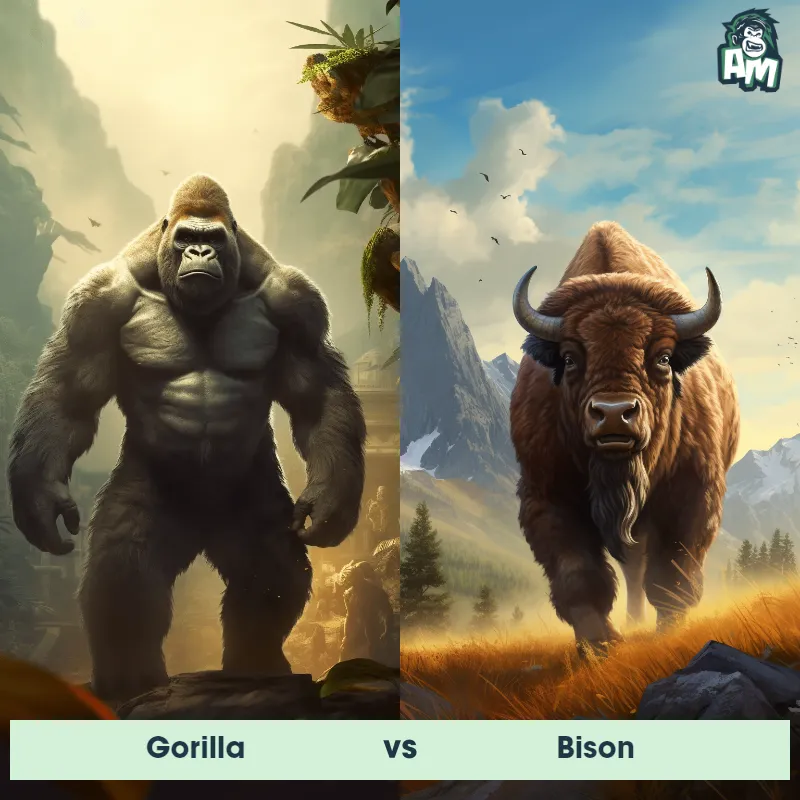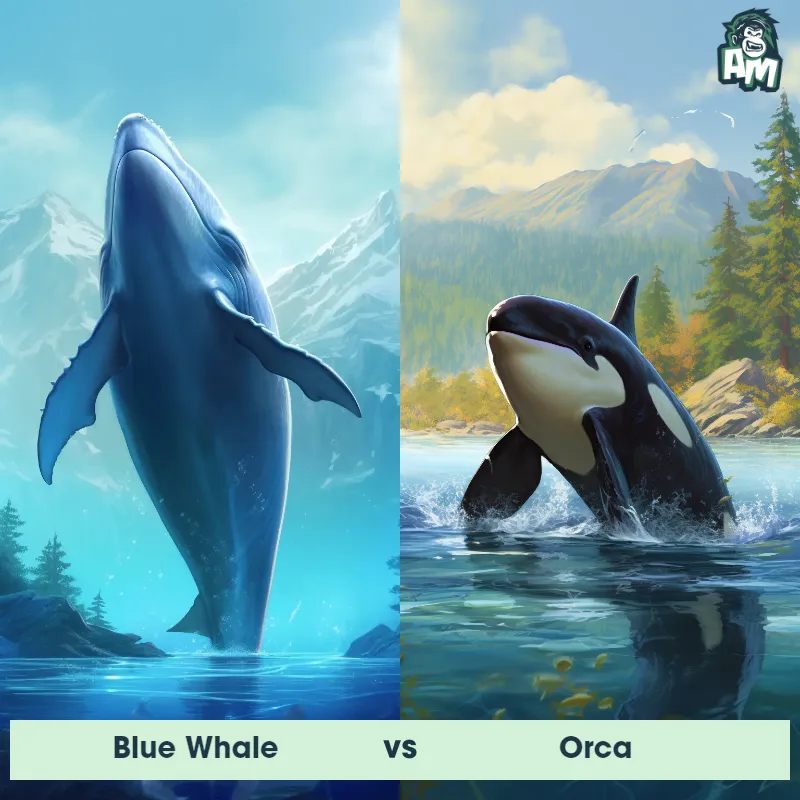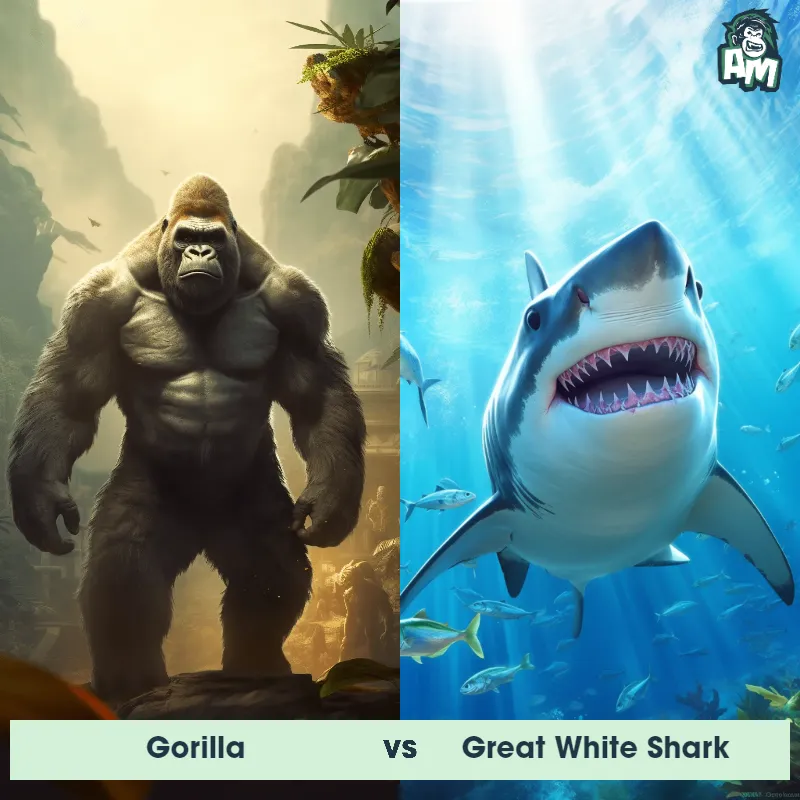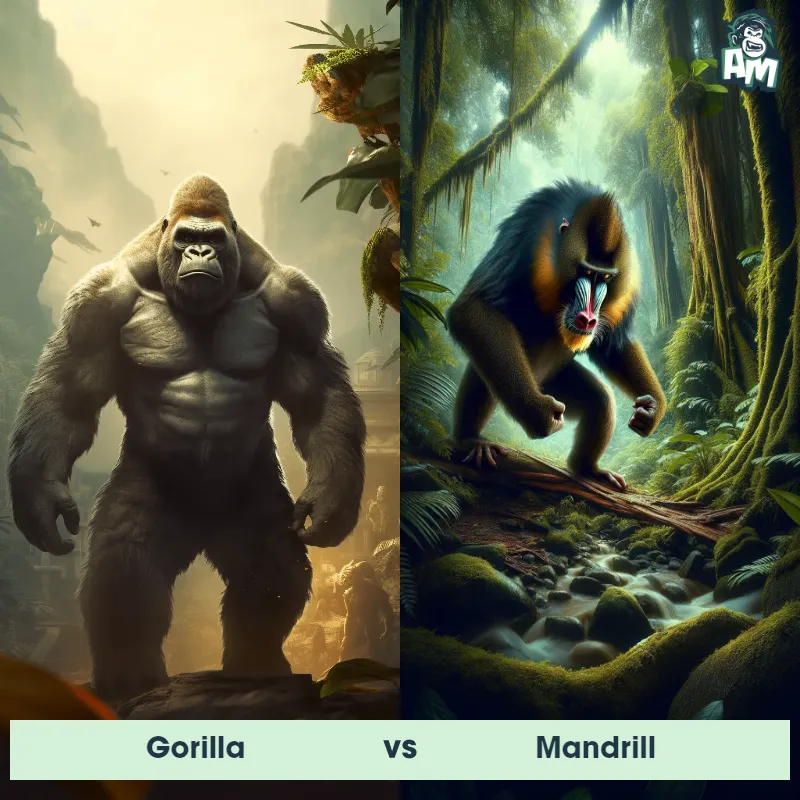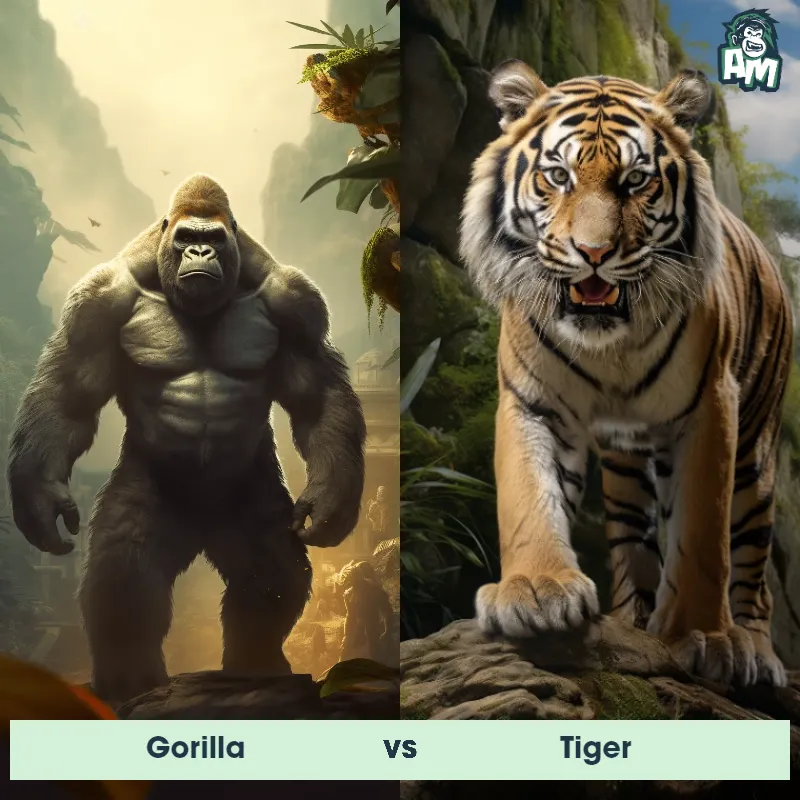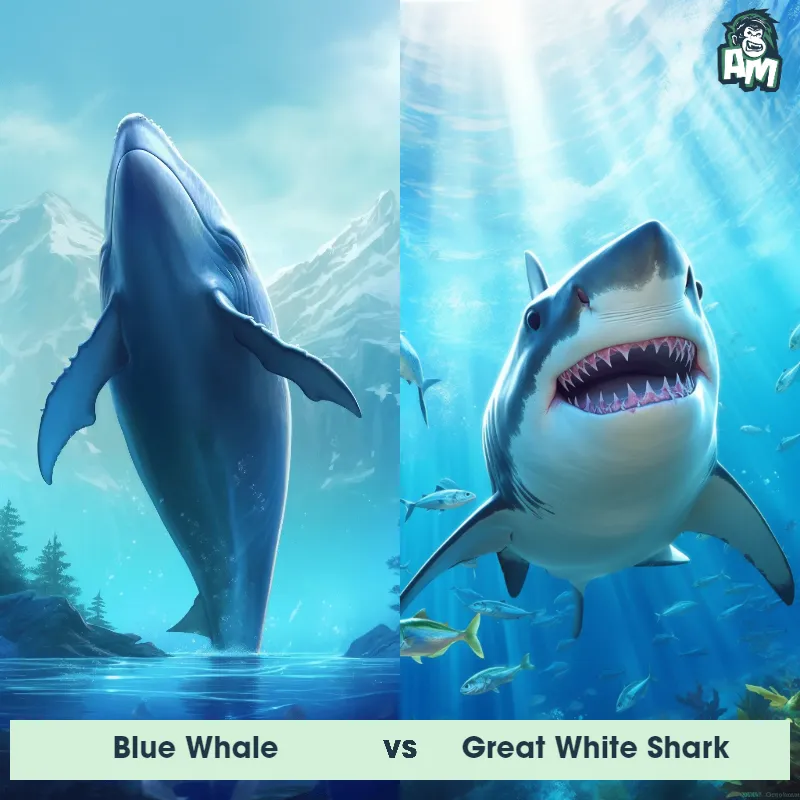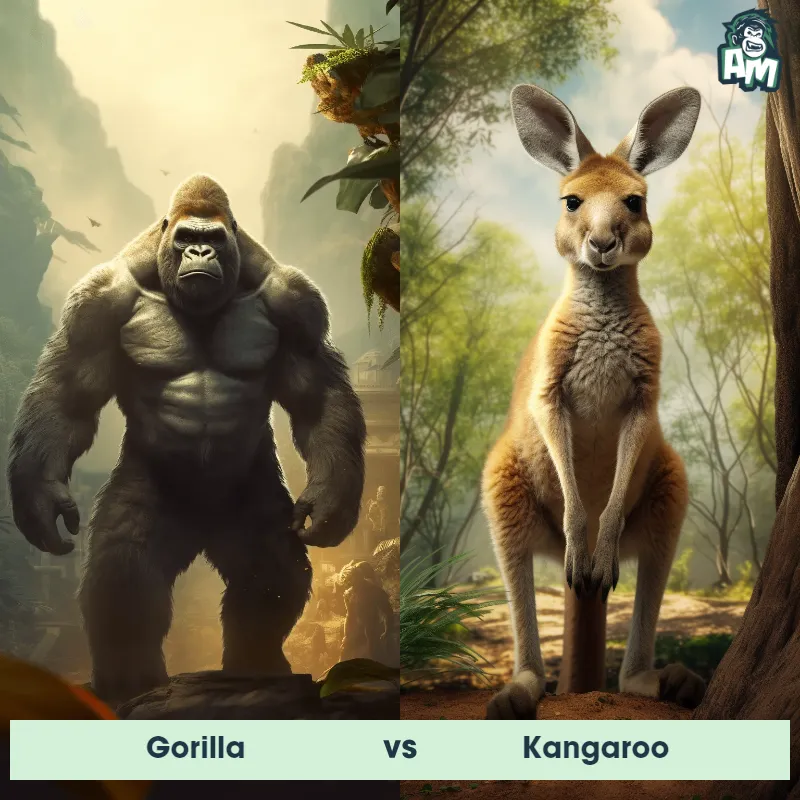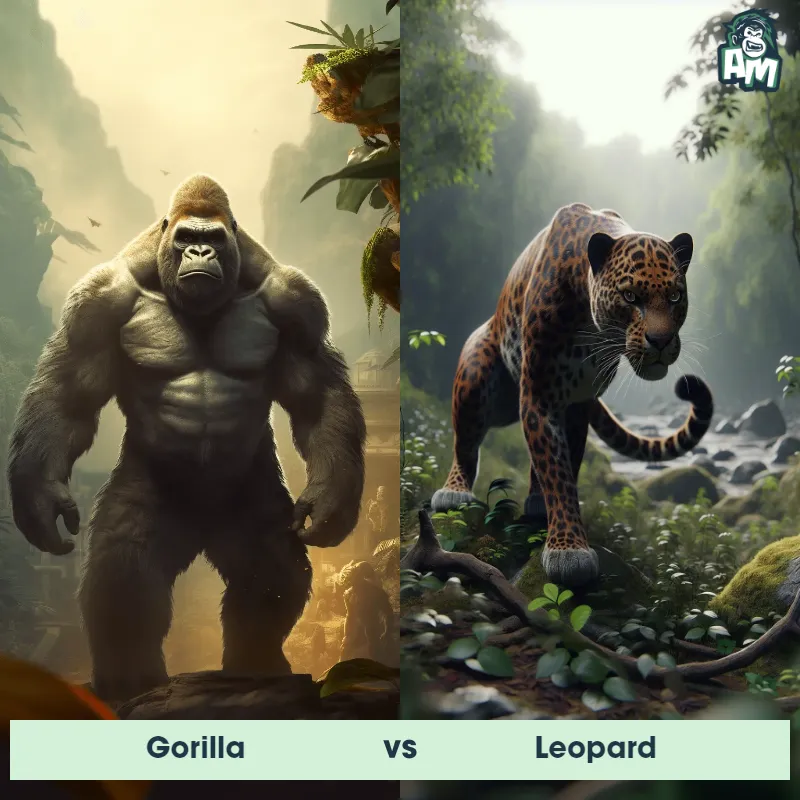Human vs Blue WhaleSee Who Wins
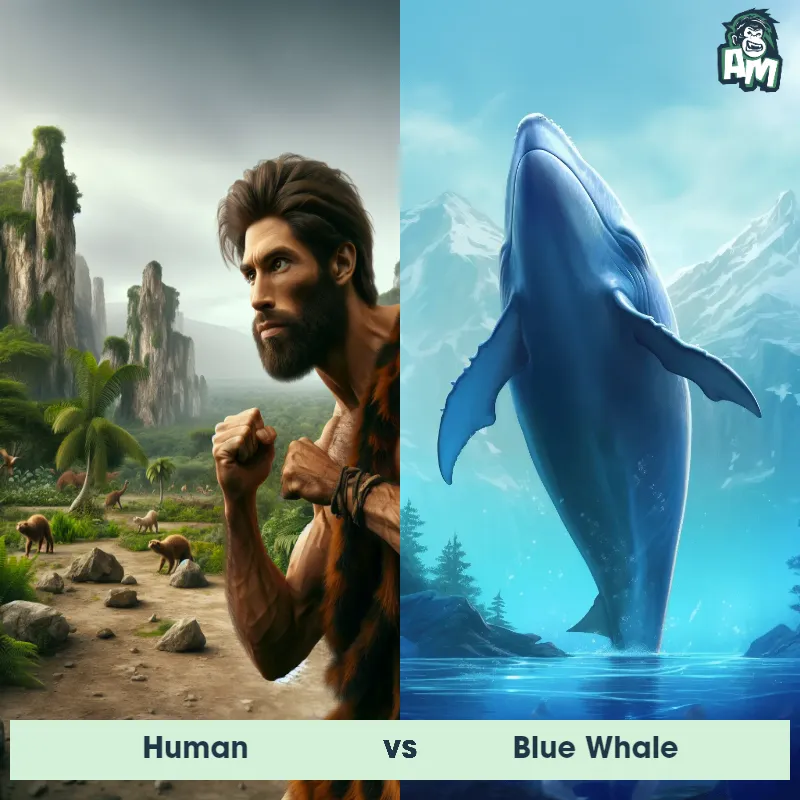
Ladies and gentlemen, welcome to this epic showdown between a Human and a Blue Whale. Both competitors are ready to give it their all in this three-round fight. Let's see who will come out on top!
Contender 1: Human
The human, Homo sapiens, is a highly intelligent and social primate species. They are characterized by their upright posture, opposable thumbs, and relatively hairless bodies compared to other mammals. Humans have complex brains that enable them to think, reason, and communicate through language. They possess a wide range of physical variations in height, weight, and skin color due to genetic diversity. Humans are known for their adaptability and capacity to use tools, which has allowed them to thrive in a variety of environments across the globe.
![[object Object] Gif](https://tenor.com/view/hungry-caveman-muppetwiki-muppet-wiki-jim-henson-gif-11005515308056547982.gif)
Fun Fact: Humans are the only known species capable of abstract thinking, allowing them to conceptualize ideas and think in terms of concepts that do not have a physical presence.
Contender 2: Blue Whale
The Blue Whale, also known as Balaenoptera musculus, is the largest animal on Earth, reaching lengths of up to 100 feet and weighing up to 200 tons. They have a long, streamlined body with a bluish-gray color and a small dorsal fin. Their diet consists mainly of krill, which they filter through their baleen plates. Blue Whales are known for their loud, low-frequency vocalizations, which can be heard for hundreds of miles.
Fun Fact: Blue Whales have the largest heart of any animal, weighing up to 1,000 pounds and being the size of a small car.
Matchup Stats
| Human | Blue Whale | |
|---|---|---|
| Size | Average height of 5 feet 7 inches (170 cm) | Up to 100 feet (30.5 meters) |
| Weight | Average weight of 154 pounds (70 kg) | Up to 200 tons (181 metric tons) |
| Speed | 27.8 mph (44.7 km/h) | Speed: 20 mph (32.19 km/hr) |
| Key Strength | Intelligence and ability to strategize | None |
| Biggest Weakness | Lack of physical strength compared to some animals | Slow movement |
Current Votes
Human vs Blue Whale
See Who Wins
View More Matches
Looking For More?
Similar Matches
Scientific Stats
| Human | Blue Whale | |
|---|---|---|
| Scientific Name | Homo sapiens | Balaenoptera musculus |
| Family | Hominidae | Balaenopteridae |
| Habitat | Diverse habitats, including forests, grasslands, deserts, and urban areas | Open ocean |
| Geography | Found on all continents | Worldwide |
| Diet | Omnivorous, with a preference for cooked food | Krill |
| Lifespan | 70 years - 90 years | 80 years - 90 years |
Key Differences between Human and Blue Whale
- Head shape: Blue Whales have a large, rounded head with a prominent blowhole on top, while Humans have a smaller, more defined head with facial features located on the front.
- Size: The Blue Whale is the largest animal on Earth, reaching lengths of up to 100 feet, while Humans typically range from 5 to 6 feet tall.
- Fins: Blue Whales have large, paddle-shaped flippers for steering and maneuvering in the water, while Humans have smaller, grasping hands for manipulation and tool use.
- Color: Blue Whales have a bluish-gray color on their body, with mottled patterns, while Humans have a wide range of skin colors from light to dark tones.
- Teeth: Blue Whales have baleen plates in their mouths used for filter-feeding on plankton, while Humans have a set of varied teeth for chewing and processing food.
- Body Shape: Blue Whales have a streamlined, elongated body with a narrow tail, whereas Humans have a more upright, bipedal stance with distinct limbs.




